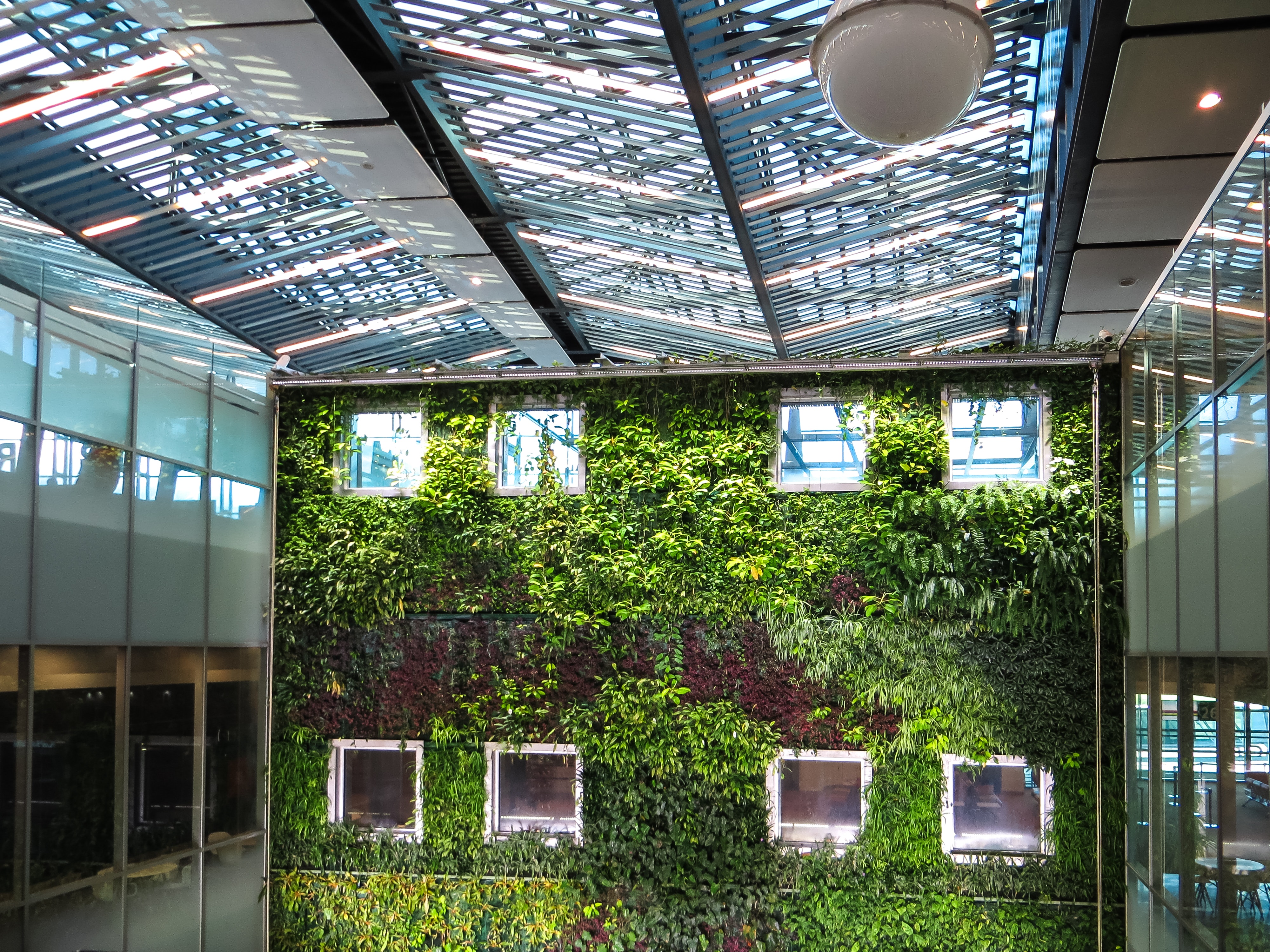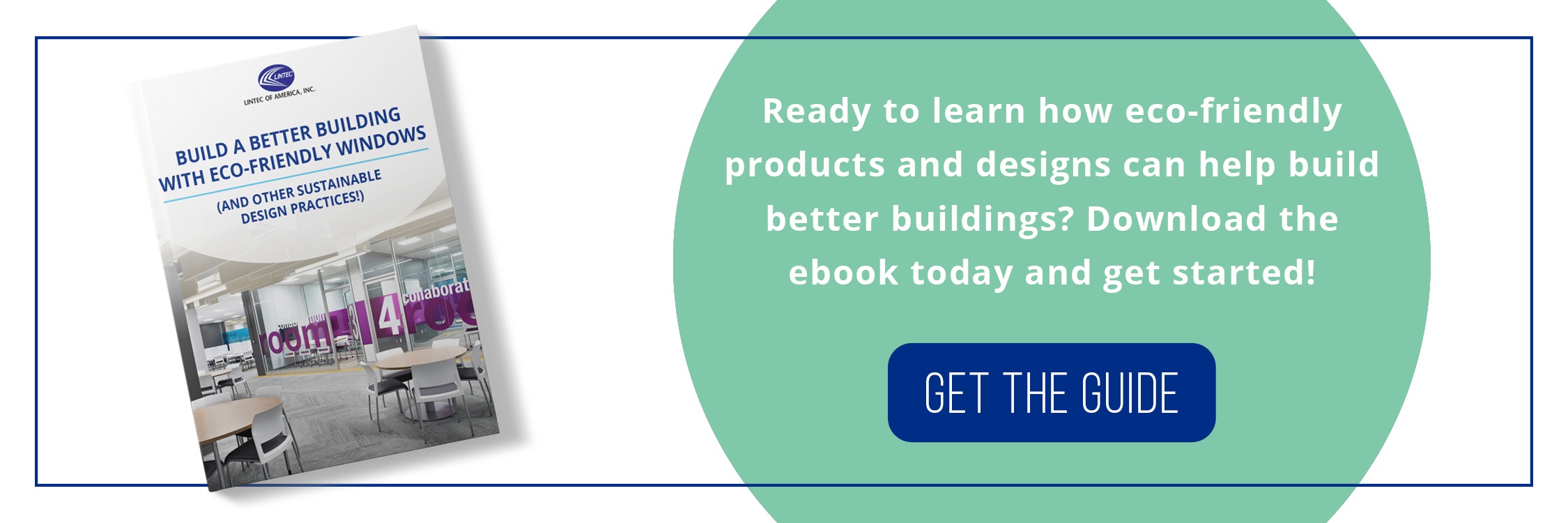What is LEED?
All around the world, the LEED rating system is the most popular method for assessing and rating how green a building is. This system was developed by the U.S. Green Building Council in 1994 and has been in popular use ever since.
Per LEED guidelines, a project can achieve LEED certification by adhering to a specific set of standards designed to address carbon, energy, water, waste, transportation, materials, health, and indoor environmental quality. Projects must be reviewed by Green Business Certification, Inc. (GBCI). GBCI will award points for each requirement met or standard fulfilled. The total number of points awarded determines the building’s LEED status.
The Purpose of the LEED System
So why does the LEED rating system exist? The idea behind it, in the words of the U.S. Green Building Council, is to “save money, improve efficiency, lower carbon emissions, and create healthier places for people. They are a critical part of addressing climate change and meeting ESG goals, enhancing resilience, and supporting more equitable communities.”
The LEED Status Tiers
There are four tiers of LEED status that a building can achieve. The baseline is Certified. A building that earned between 40 and 49 points qualifies for LEED certification on this base level.
One step above Certified is Silver, which is awarded to buildings that earn between 50 and 59 points. After Silver is Gold, which is granted to buildings that achieved between 60 and 79 LEED points.
The highest tier of LEED status is the Platinum level. Only buildings that earn 80 or more LEED points can achieve Platinum LEED certification status.
LEED Points for Recycled Materials
Buildings can earn LEED points for a variety of features, one of which is the content (or materials and resources) used in its construction. Buildings can earn a point for recycled content when at least 25% of the building materials used are composed of at least 20% post-consumer recycled content material or at least 40% post-industrial recycled content material. Buildings can attain an additional second point for this if an additional 25% of the materials are made up of qualifying recycled content, meaning that if at least half of the building materials were made from recycling, a building can earn 2 points toward LEED certification status.
The specific purpose of awarding LEED points for using recycled materials, in the context of the LEED rating system’s larger functions and goals, is to increase demand for building products that are made using recycled content. This will in turn lessen the need to extract new raw materials and minimize the energy used to refine those raw materials into usable products. On the whole, rewarding the use of recycled materials is designed to soften the environmental impact of creating new buildings.
How LINTEC Helps Architects Achieve LEED Points
LINTEC of America is committed to contributing to environmental efforts and initiatives by supporting green architecture and offering eco-friendly products. Our green window films are made of over 80% recycled materials and can be used for both functional and decorative purposes. These window films not only offer privacy, beauty, and a unique flair for your glass architecture designs—they also help you to earn LEED points.
Interested in learning more? Contact us today to discuss how LINTEC can help you create buildings that are good for the planet.




